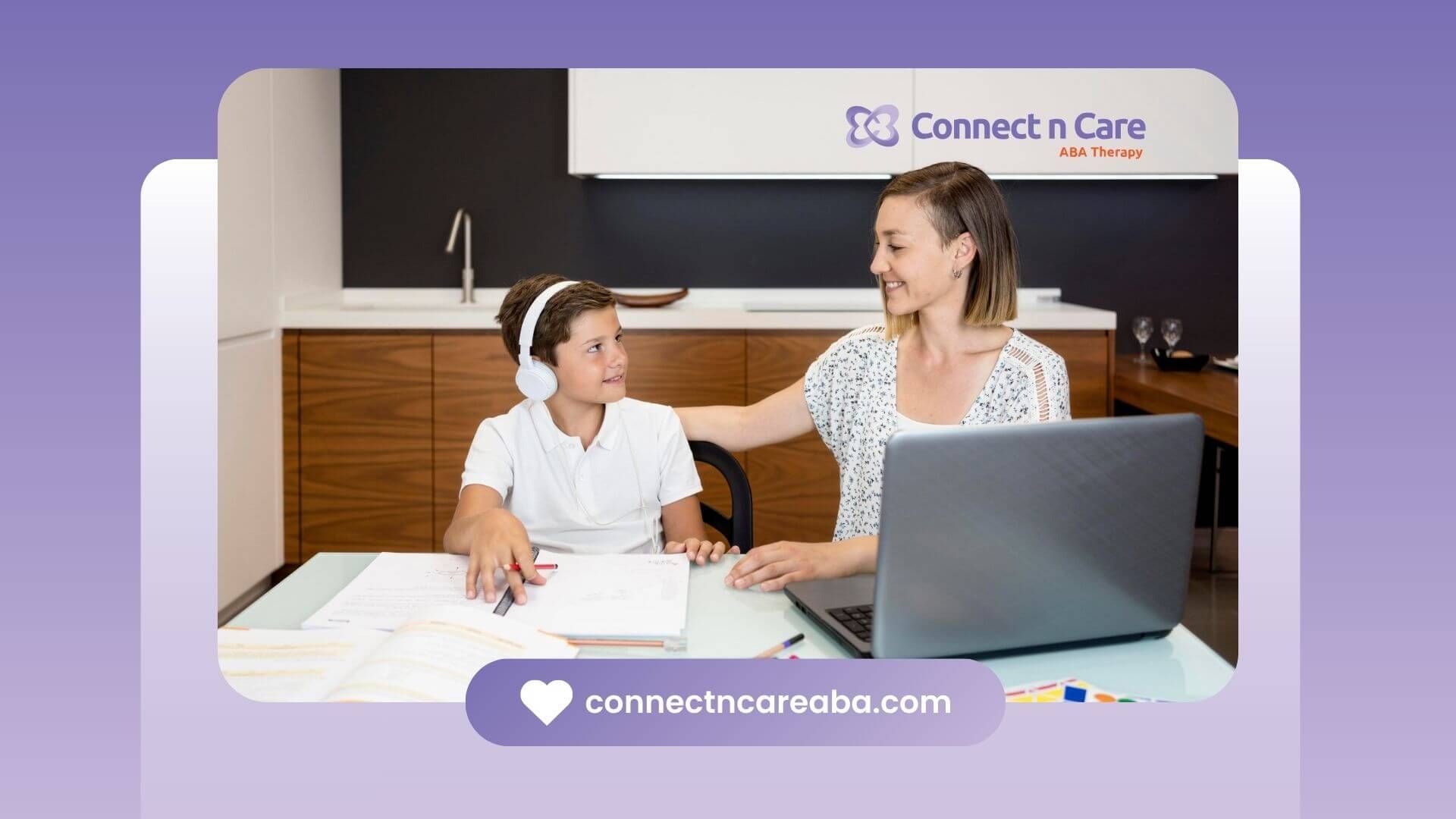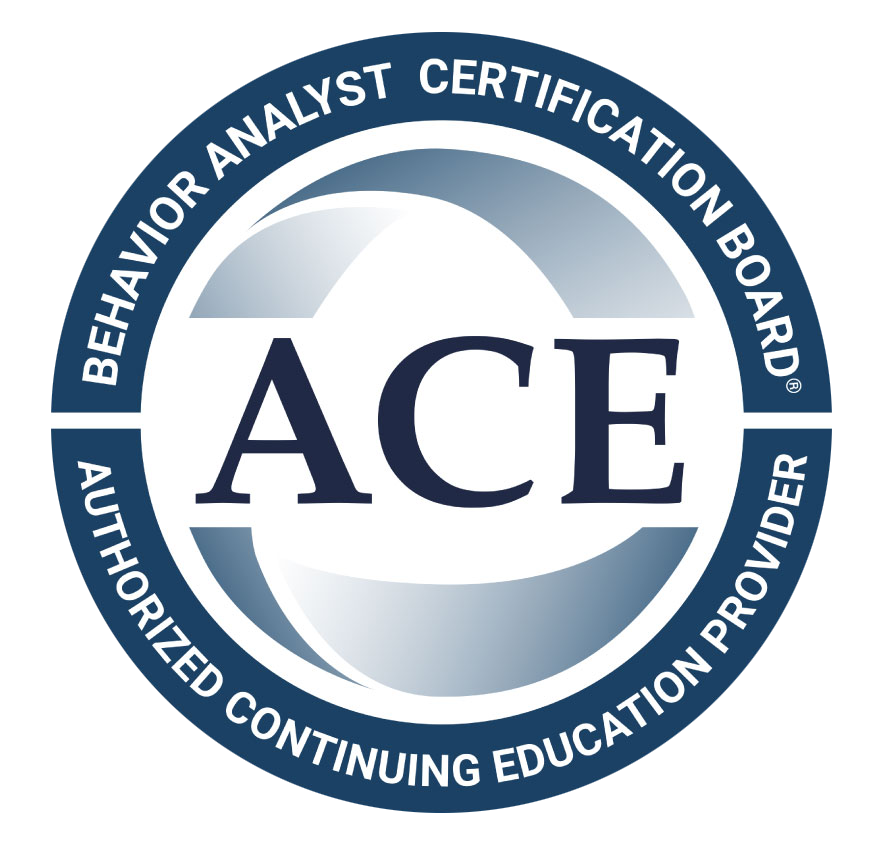Are you thinking about ABA therapy for someone you care about who has Autism Spectrum Disorder? Applied Behavior Analysis, or ABA therapy, is a well-tested way that has helped many people build new skills and improve their behavior. This type of therapy looks at how what is around a child changes how they act. ABA therapy can help children with autism spectrum build their social skills, learn how to talk with people, and work on behaviors that help them in daily life. If you feel lost or unsure, do not worry. This guide makes the steps easy to follow, so you can feel good and sure while you help your loved one reach positive change with ABA therapy.
Understanding ABA Therapy: An Overview
ABA therapy is made to help with challenging behaviors and to help people build good actions, mainly for those with developmental disorders like autism spectrum disorder. It is based on behavior analysis, and it looks at what each person needs to help them get positive behavior change. The therapy uses a data-driven approach. This way, the goals are clear and progress is checked at every step.
One reason aba therapy works well is because it can fit many needs. It uses methods such as discrete trial training, token economies, and other strategies to match different ways people learn. This planned way helps with skill-building. It also helps improve social skills and talk with others, making it useful for people dealing with autism spectrum and other developmental disorders.
What is ABA Therapy?
Applied Behavior Analysis, or ABA therapy, is a trusted way to help people with Autism Spectrum Disorder. This therapy comes from behavior analysis. It looks at how things around a person can shape what they do each day. ABA therapy works to figure out why people act a certain way. It helps build up good actions and brings down those that may not help, so people can reach their best.
ABA therapy uses a few main methods, like discrete trial training, token economies, and teaching inside the natural environment. These ways help people get better at talking, making friends, and handling new situations. For example, with positive reinforcement, when you do something good, you get a reward. This makes you want to do that good thing again.
Certified behavior analysts guide each step of ABA therapy. They give assessments, set specific goals, and make plans to help each person. These experts check how the person is doing all the time. With this, they can change what they do to fit the needs of the person. This careful way of working shows why ABA therapy is so good for helping with growth and learning.
Benefits of ABA Therapy for Children with Autism
ABA therapy gives many good benefits for children with Autism Spectrum Disorder (ASD). One of the main reasons people use ABA therapy is that it uses positive reinforcement. When you reward the right actions, kids are more likely to do those things again. This helps them grow basic skills as time goes by.
Another big part of ABA therapy is better social skills. Children learn how to do things like keep eye contact, start talking to others, and give a reply to people around them. These skills make it easier for kids to have real friendships and talk to others in a better way.
ABA therapy also helps with tasks they need at home or in other places, which are called adaptive behaviors. Kids learn things like getting dressed or following steps in a routine. The focus is always on what each child is good at, so they keep moving forward in the best way for them. Over time, this slow but sure progress helps kids in many ways and makes their quality of life better for a long time.
Preparing for ABA Therapy
Starting with ABA therapy takes some planning. Parents and caregivers need to be ready at the start. Their help is key to making things get off to a good start. You will need to find good providers and gather important papers. These first steps set up a strong start for your child’s success.
It is smart to learn about insurance plans and how the therapy will work. This will help you save time later. Your active participation in the whole process makes sure the treatment plan fits your child’s strengths and goals. This is the start of the journey, where you help make sure interventions work well for your child and lead to better results.
Essential Resources Needed to Begin
Starting ABA therapy needs a few key steps for a smooth start. First, you have to choose an ABA provider who has certified behavior analysts. This makes sure your child gets care that fits what they need. You should pick providers who have worked with cases like yours before. This really helps when starting therapy for the first time.
Second, knowing about your insurance coverage is very important. Talk with your insurance provider to check what they will pay for, like therapy sessions and making a treatment plan. Many insurance plans do offer ABA services under behavioral health. Still, you should look at the rules, like any limits or special steps needed before starting.
At the end, the treatment plan is where the work begins for therapy that gives results. You, your child, and the ABA provider should talk together to find goals, using your child’s strengths and things they can work on. This plan helps make sure progress happens in many parts of your child’s life.
Choosing the Right ABA Therapist
Choosing the right ABA therapist is very important for your child. To start, check if the therapist uses certified behavior analysts or BCBAs. These experts have the skill and know-how for aba therapy and helping with your child’s needs. Their training shows that they can make and look after helpful therapy programs.
It’s good to ask questions when you pick a therapist. You can ask about how they do aba therapy with kids, where the meetings take place, and if your family can join in. It also helps to talk about how much it will cost, if they work with your insurance, and if their times fit your schedule.
As you go through picking a therapist, trust how you feel. Those who are truly good at aba therapy will talk clearly with you, bring families into the process, and show they care about your child’s progress. Having trust and a good fit between the therapist and your family gives your child the best chance to do well with their therapy.
Step-by-step Guide to Starting ABA Therapy
Starting ABA therapy is a big step and needs good planning. It helps to go step by step so you can cover important things like the first assessment, insurance coverage, and making a treatment plan.
You may talk with developmental pediatricians and choose behavior technicians that are right for your child. Each choice you make should fit your child and what they need to grow. When parents follow these steps, they help their kids get the full potential from ABA therapy and see better results.
Step 1: Initial Consultation and Assessment
The first step in starting ABA therapy is the initial consultation. This step is very important. It is often led by developmental pediatricians or BCBAs. They help set the plan for your child’s therapy. The team will observe and talk with you to learn about your child’s strengths, behaviors, and their developmental needs.
A big part of this process is the functional behavior assessment. This is used to look at what causes challenging behaviors. The assessment helps people figure out good ways to handle these behaviors. It can also show how the environment and behavior are linked. This is the foundation for personalizing your child’s therapy.
You should be involved during these consultations. Try to share as much as you can about your child’s daily routines and needs. Your input has a big impact, helping experts collect the right information. This makes it easier to focus the ABA therapy plan on the most important areas for your child’s progress. When you work with the team, your child can get clear goals and an easy way to see their progress. This helps your child make the most of their therapy.
Step 2: Setting Goals and Creating a Treatment Plan
Creating a treatment plan marks the beginning of actionable therapy. This process focuses on identifying specific goals that are individualized, aligning with the child’s needs. These goals may range from improving socialization to reducing negative behaviors with gradual, measurable outcomes.
ABA therapy operates on SMART goals:
| SMART Criteria | Description |
|---|---|
| Specific | Focus on precise behaviors (e.g., respond to greetings). |
| Measurable | Define progress parameters using data tracking. |
| Achievable | Set realistic, attainable goals based on initial assessment. |
| Relevant | Ensure goals align with developmental priorities and strengths. |
| Time-bound | Create timelines for each milestone. |
This structured approach allows therapists to adjust strategies as the child progresses, keeping interventions flexible yet focused on impactful results.
Conclusion
To sum up, starting aba therapy can bring big changes for children with autism and their families. To get off to a good start, you want to learn the basics of aba therapy, be ready, and make sure the therapist is the right fit. When you follow each step, from the first meeting to setting good goals, you help make things better for your child at home and elsewhere. It is important to know that every child is different, so the pace might not be the same for all. Giving your child time and keeping things steady really matters. If you would like to get more details or want a plan that fits your family, you can always ask us about a free consultation with our experts. Your child can start building new skills and becoming more independent right now!
At Connect n Care ABA, we understand that beginning ABA therapy can feel like a significant step, and we're here to guide you through it. While this guide offers essential insights into getting started, our compassionate team provides personalized support at every turn. We prioritize connecting with families to understand their unique needs, ensuring a smooth and supportive transition into effective, individualized Applied Behavior Analysis therapy. Choose Connect n Care ABA for a caring partnership that builds strong foundations and fosters meaningful progress for your child.
Frequently Asked Questions
How Long Does ABA Therapy Typically Last?
ABA therapy typically lasts for several months or even years. How long it will last depends on your child’s treatment plan and how things go along the way. Each therapy session works on what your child does, using behavior analysis. The time required can vary, but many programs recommend dedicating 20 to 40 hours each week for optimal results.
Can ABA Therapy Be Done at Home?
Yes, you can do therapy at home. Many ABA services come with parent training. This helps families add adaptive behaviors to daily life. This makes sure the things kids learn in therapy can be used at home every day.
What Are the Signs of Progress in ABA Therapy?
You can see signs of progress in ABA therapy when there is more use of positive reinforcement and when someone learns new skills. There might be fewer challenging behaviors, and you may notice better social interactions. Any clear change in daily routines can show how ABA therapy techniques are helping. These are all ways to tell that progress is being made.
https://www.autismspeaks.org/applied-behavior-analysis
https://childrensautismcenter.org/6-life-changing-benefits-of-aba-therapy-for-children-with-autism/
https://researchautism.org/blog/what-to-look-for-when-choosing-an-aba-therapist/









